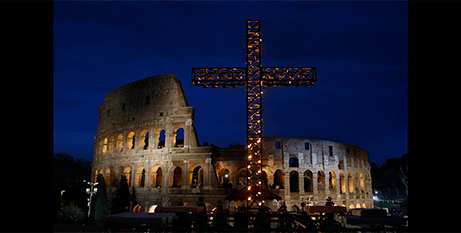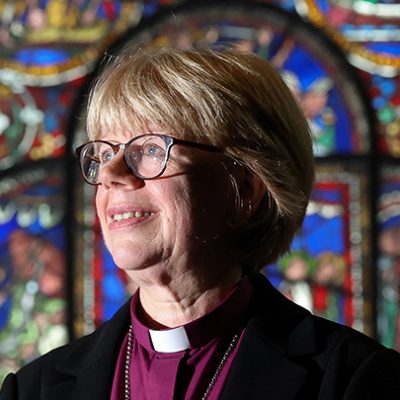
The man who has taken charge of Rome’s top tourist attraction wants to set the record straight: The Colosseum won’t be hosting any electronic dance music parties on his watch. Source: Crux.
Simone Quilici, director of the Archaeological Park of the Colosseum, shared his plan to bring concerts to the almost 2000-year-old amphitheatre in an interview with an Italian newspaper earlier this month, and social media proceeded to do what it all too often does. “Massive raves” were imminent, multiple accounts trumpeted alongside AI-generated images of multicoloured light beams shooting from the arena into the heavens.
Mr Quilici told The Associated Press that he heard complaints from archaeologists and ordinary Romans, dismayed their cultural heritage could be so desecrated. Even electronic music fans expressed concern online about the damage a whomping bass beat would inflict on the ancient structure.
Concerts must respect the Colosseum as a “sacred space,” Mr Quilici said, as it is integral to Roman identity and has become imbued with religious significance.
Today, it is the site of the Via Crucis (Way of the Cross) procession during Easter, traditionally presided over by the Pope.
Concerts could be acoustic or jazz, Mr Quilici said. The amphitheatre could host poetry readings, dance performances and theatre productions once the existing small platform is expanded. Also in the plans: historical reenactments of gladiatorial battles rooted in academic research.
“There are people who are extremely knowledgeable about daily life in past eras, with a remarkable level of scientific accuracy. So these activities are very welcome within the Colosseum park,” Mr Quilici said.
The Colosseum’s first concerts and performances will take place in two years, he added.
The Colosseum had almost 9 million visitors last year, up from 7 million the year before, according to data provided by the park.
That’s partly due to the Vatican’s Jubilee year, held once every 25 years, which continues to draw large tour groups of pilgrims. It’s also because the Colosseum is one of just two must-see spots for short-staying tourists, along with Vatican City, and “already is at maximum capacity”, Mr Quilici said.
FULLS TORY
New Colosseum director sets the record straight on plans for sacred area (By David Biller, Sylvia Stellacci, Associated Press via Crux)






